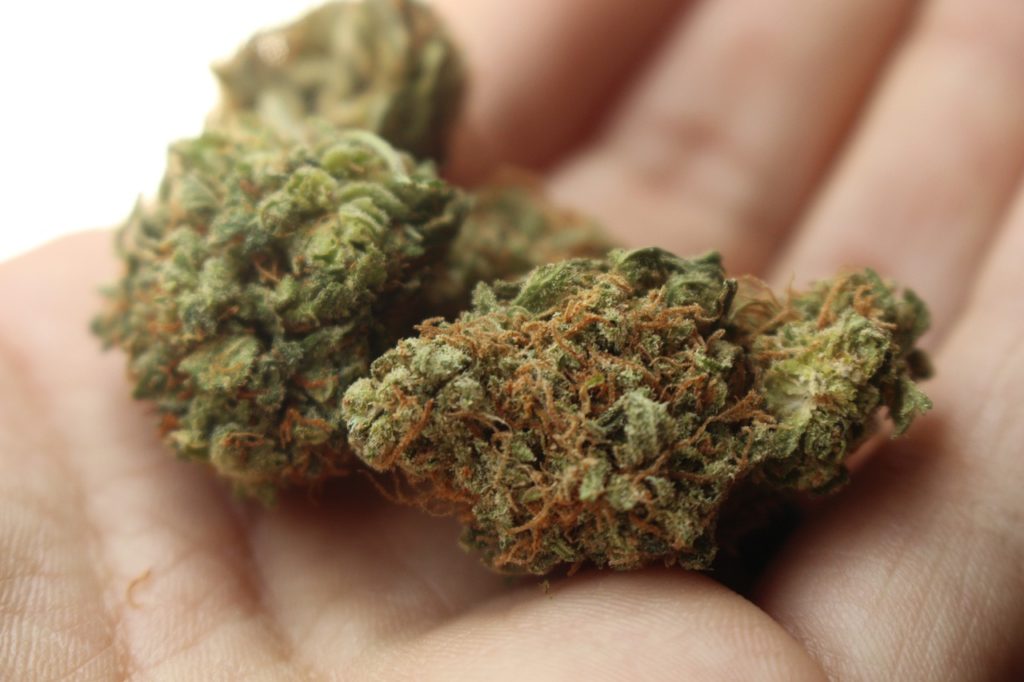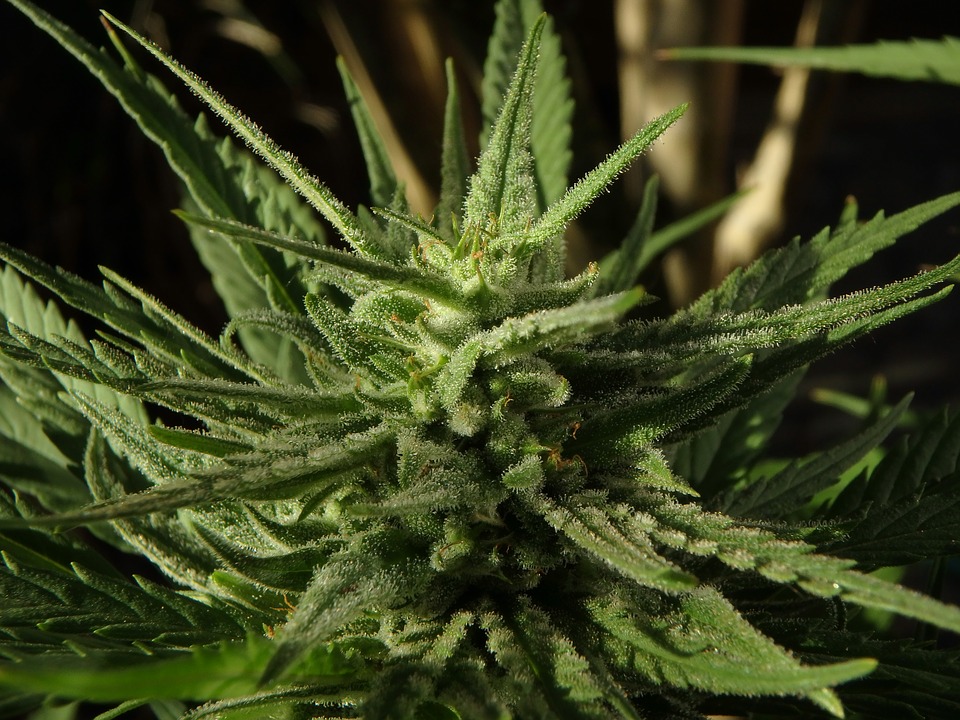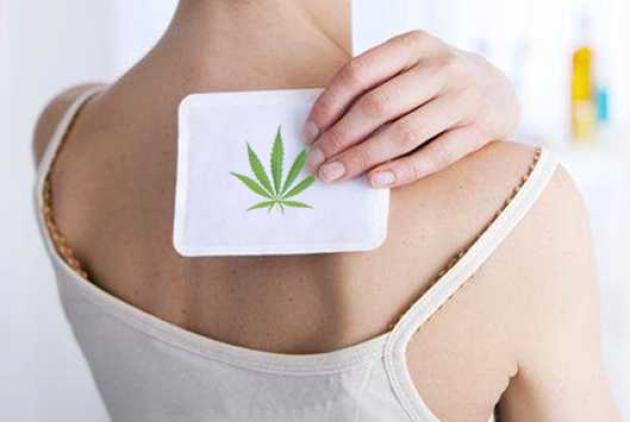
A bit of weed before a workout can boost motivation and make exercise more enjoyable. But if performance is the goal, it may be best to skip that joint.
That’s the takeaway of the first ever study to examine how legal, commercially available cannabis shapes how exercise feels.
The study of 42 runners, published Dec. 26 in the journal Sports Medicine, comes almost exactly 10 years after Colorado became the first state to commence legal sales of recreational marijuana, at a time when cannabis-users increasingly report mixing it with workouts.
“The bottom-line finding is that cannabis before exercise seems to increase positive mood and enjoyment during exercise, whether you use THC or CBD. But THC products specifically may make exercise feel more effortful,” said first author Laurel Gibson, a research fellow with the University of Colorado Boulder’s Center for Health and Addiction: Neuroscience, Genes and Environment (CU Change).
The findings, and previous research by the team, seem to defy long-held stereotypes that associate cannabis with “couch-lock” and instead raise an intriguing question: Could the plant play a role in getting people moving?
“We have an epidemic of sedentary lifestyle in this country, and we need new tools to try to get people to move their bodies in ways that are enjoyable,” said senior author Angela Bryan, a professor of psychology and neuroscience and co-director of CU Change. “If cannabis is one of those tools, we need to explore it, keeping in mind both the harms and the benefits.”
‘A first-of-a-kind study’
In one previous survey of cannabis users, Bryan’s research group found that a whopping 80% had used before or shortly after exercise. Yet very little research has been done at the intersection of the two.
For the study, Bryan and Gibson recruited 42 Boulder-area volunteers who already run while using cannabis.
After a baseline session, in which the researchers took fitness measurements and survey data, they assigned participants to go to a dispensary and pick up either a designated flower strain that contained mostly cannabidiol (CBD) or a Tetrahydrocannabinol (THC) -dominant strain.
THC and CBD are active ingredients in cannabis, with THC known to be more intoxicating.
On one follow-up visit, volunteers ran on a treadmill at a moderate pace for 30 minutes, answering questions periodically to assess how motivated they felt, how much they were enjoying themselves, how hard the workout felt, how quickly time seemed to pass and their pain levels.
On another visit, they repeated this test after using cannabis.
Federal law prohibits the possession or distribution of marijuana on college campuses, so the runners used it at home, before being picked up in a mobile laboratory, a.k.a the ‘CannaVan,’ and brought to the lab.
The runners also wore a safety belt on the treadmill.
‘Not a performance-enhancing drug’
Across the board, participants reported greater enjoyment and more intense euphoria, or ‘runner’s high,’ when exercising after using cannabis.
Surpisingly, this heightened mood was even greater in the CBD group than in the THC group, suggesting athletes may be able to get some of the benefits to mood without the impairment that can come with THC.
Participants in the THC group also reported that the same intensity of running felt significantly harder during the cannabis run than the sober run.
This may be because THC increases heart rate, Bryan said.
In a previous study conducted remotely, she and Gibson found that while runners felt more enjoyment under the influence of cannabis, they ran 31 seconds per mile slower.
“It is pretty clear from our research that cannabis is not a performance enhancing drug,” said Bryan.
Notably, numerous elite athletes—including U.S. sprinter Sha’Carri Richardson— have been prohibited from competing in recent years after testing positive for cannabis.
An NCAA committee recently recommended that it be removed from its list of banned substances.
A different kind of runner’s high
Why does cannabis make exercise feel better?
While natural, pain-killing endorphins have long been credited with the famous “runner’s high,” newer research suggests that this is a myth: Instead, naturally produced brain chemicals known as endogenous cannabinoids are likely at play, kicking in after an extended period of exercise to produce euphoria and alertness.
“The reality is, some people will never experience the runner’s high,” Gibson notes.
By consuming CBD or THC, cannabinoids which bind to the same receptors as the cannabinoids our brain makes naturally, athletes might be able to tap into that high with a shorter workout or enhance it during a long one, she said.
Athletes considering using cannabis should be aware that it can come with risks — including dizziness and loss of balance— and it’s not for everyone.
For someone gunning for a fast 5k or marathon PR, it doesn’t really make sense to use beforehand, Bryan said.
But for an ultrarunner just trying to get through the grind of a double-digit training run, it might.
As a public health researcher, Bryan is most interested in how it could potentially impact those who struggle to exercise at all, either because they can’t get motivated, it hurts, or they just don’t like it.
“Is there a world where taking a low-dose gummie before they go for that walk might help? It’s too early to make broad recommendations but it’s worth exploring,” she said.
BOX
Why do people mix weed and workouts?
When researchers asked study participants, here’s what they said:
90.5% It increases enjoyment
69% It decreases pain
59.5% It increases focus
57.1% It increases motivation
45.2% It makes time go by faster
28.6% It improves performance



